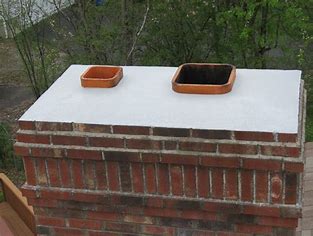Services
What we offer, how we offer it and the reasons we are the chimney sweep company for you.
Insight Into The Services We Offer
Chimney Sweeping
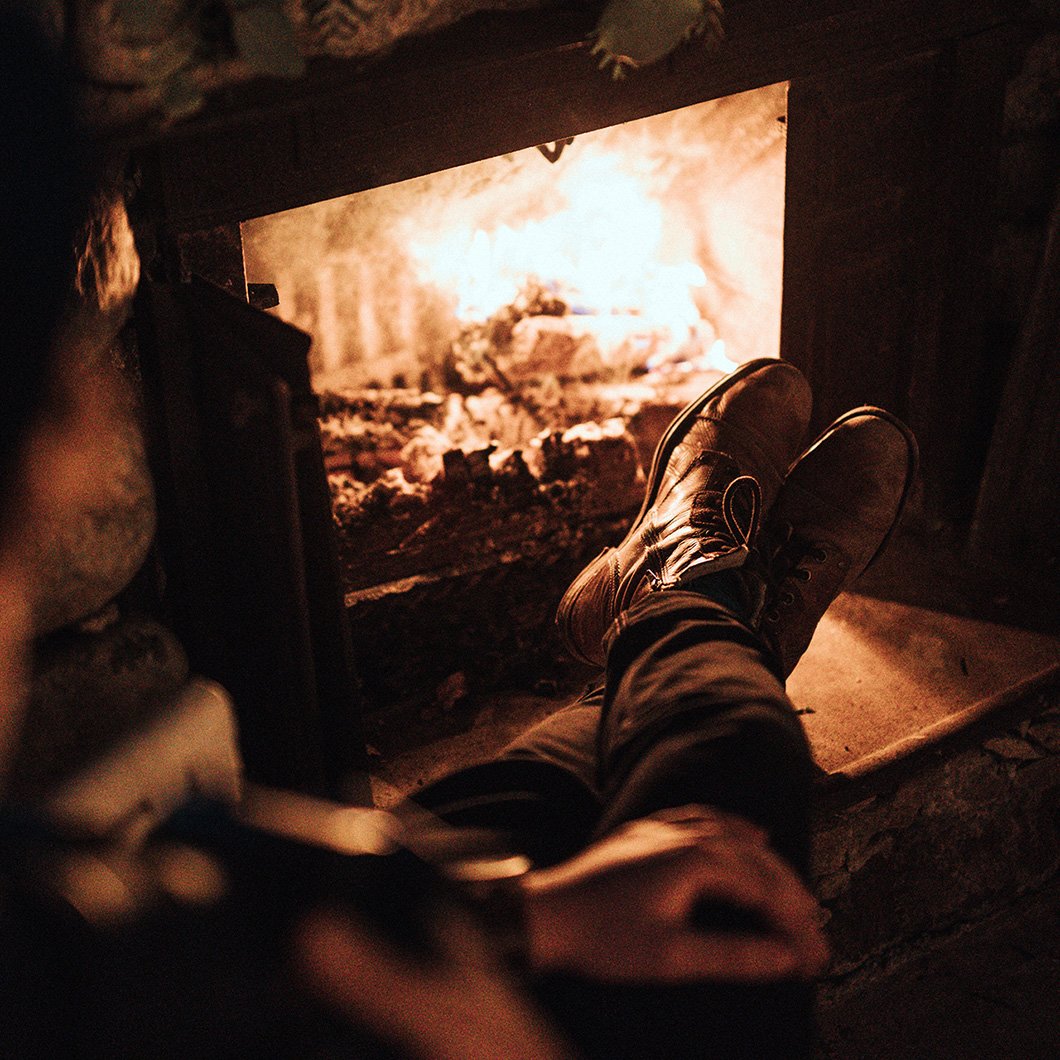
Here at Beitlers Chimney, we are more than a one trick pony. Sure we do the obvious, which is chimney sweeping, but after providing over 17 years of service we have evolved into a full-service company. Just look at all the services we can provide.
Chimney Sweeping- Pretty simple, right? Get a ladder, brush and sweep away…If only it were that simple.
With every chimney sweeping we provide a Level 1 inspection. We are not just in your home to sweep your chimney, but to make sure that your chimney is suitable for use.
While there, we will look closely for any damage, flaws, and improper installation. We also look for anything that could potentially be a fire hazard. Being certified arms us with the knowledge and understanding of your chimney system and how to inspect it. We want your system to be safe.
Our process – First, we will place plenty of drop cloths on the floors and around the service area. Next, our hand tools and soot vac will be brought in and placed in the service area with the vac turned on. Before the actual sweeping begins, we will do an interior and exterior preliminary examination of the system, and ask several questions, mostly if there were any issues with the system during the prior year.
After the preliminary examination, we will determine the best approach for the sweeping. So with our powerful soot vac on and all drop cloths in place, we begin the actual sweeping. Once it is finished, we inspect the flue for cracks, damage, etc. At this point, we finish up with inspecting any remaining areas such as the flashing, masonry, clearances, and installation.
Once the process has been completed, all tools, drop cloths will be loaded up. We strive to make sure that when we leave your home ‘Its like we were never there’. The final phase is will include a written invoice/report followed by a discussion on the results we have found. If issues have been found, we will provide information on what needs to be done to correct them.
Masonry Repairs
Most chimneys are exposed to the elements 24/7. This means they take a beating through the whole year- Summer, Spring, Winter, Fall. Eventually somethings gotta give, and that is usually the mortar or the crown. Once cracks start to appear anywhere on the chimney, water will get in and go to work on deteriorating the masonry. It may take a while, but eventually, the masonry will start to break down. If the damage is caught early enough, most of the time the chimney can simply be repointed. However, if the damage has been long term, it usually requires a teardown and rebuild of the damaged areas. This is more extensive work than repointing.
Here at Beitlers Chimney Service, we offer chimney repointing and crown work. Our masonry experience and knowledge go a long way with providing our customers with the very best and high quality job they can get. There is nothing worse than paying for something and getting a very low quality job.
Our repointing work is ahead of the game because we do not fill the mortar back in by hand. We use a handheld mortar gun that is auger driven and has a vibrator in it. This allows the air to be removed from the mortar and then is pushed and packed into the joints. This not only gives a superior repointing job but one that will outlast any job done by hand.
Chimney crown resurfacing is our specialty. We use a product called ‘Crown Coat’ that comes with a 15-year warranty. Crown coat looks like new mortar when it dries, but it is so much more than that. It is flexible, which makes it virtually impossible to crack. With all chimneys expanding and contracting through the seasons, crown coat will hold up. 15 year warranty is a long time, so you know it has to be good stuff.

Stainless Steel Liner Installation
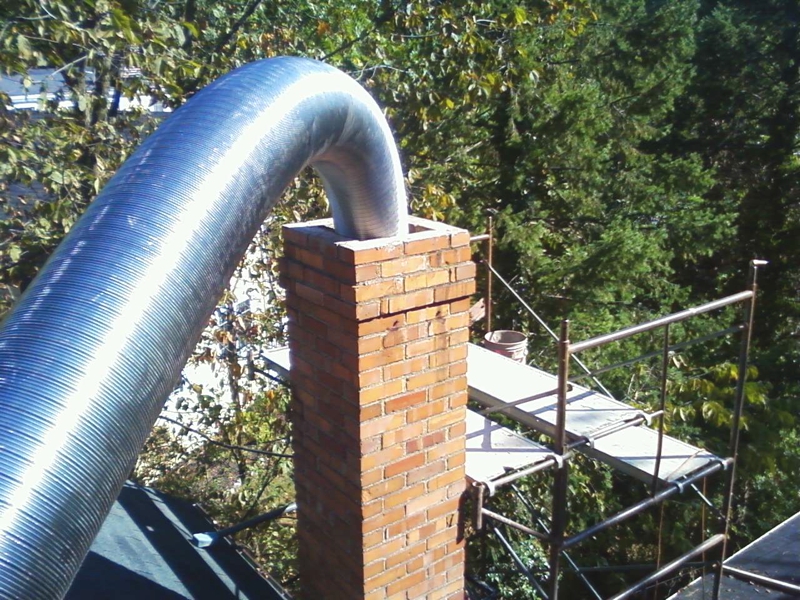
We are stainless steel liner experts. Whether your chimney system is for a furnace, fireplace, wood, coal, or pellet stove, we have the knowledge and experience to handle relining.
Our liners are the best in the business. In fact, they are so strong that they come with a lifetime warranty. When it comes to your lining system, we install the very best so that you can have peace of mind. We can recline your chimney quickly & Professionally With Long-Lasting Stainless Steel
The part of the chimney that lines the entire flue and is responsible for containing the heat and byproducts of fire is known as the flue liner. Typically, these liners are made from metal or clay tiles, which can withstand a great deal of high heat and abuse. Not all flue liner materials are created equal, however, and when damage or decay is present, it’s time to reline.
The Demanding Job Of A Chimney Liner. The chimney liner is important for several reasons: It protects the masonry of your chimney from corrosive byproducts and the high heat of a fire. It keeps nearby combustibles from being exposed to the high heat and loose sparks of fire. It encourages draft and guides smoke and other byproducts up and out of your chimney.
Flue liners can also be used to decrease the amount of space in the flue so that the flue is more compatible with the appliance using the chimney. In fact, this is one of the many reasons you may need a flue relined.
When It’s Time To Reline. Reasons for relining your flue may include the following: Corrosion, holes, cracks or gaps may be present as a result of a weather occurrence, an animal intrusion, high heat/use, age, or neglect. You may have a flue that is incompatibly sized for the appliance. Or, you may be replacing your existing appliance with an appliance that burns a different type of fuel – one that your current liner is not designed to vent.
You may not have a flue liner! If your home is older or historic, there’s a chance that your chimney was constructed without a flue liner. We know this to be incredibly dangerous and have seen flue liners prevent and/or contain several house fires. To find out if your chimney’s liner is missing or in need of replacement, schedule an inspection with one of our professional technicians!
The most commonly used liners include clay tile liners, metal liners, and cast-in-place options. Here at Complete Chimney & Fireplace, we reline with stainless steel because of its excellent qualities. Not only is it stronger and more long-lasting than aluminum, but it’s also compatible with all fuel types. And since stainless steel liners can be rigid or flexible and come in a wide range of sizes, they can be used to reline just about any chimney out there. Resizing the flue, lining a flue that’s never been lined, and making the flue compatible with your new fuel type is easy and affordable with stainless steel.
Stainless Steel Chimney Caps
There are many reasons to have a cap installed on your chimney.
1. Reduces moisture
A chimney cap will keep rainwater from coming down your home’s chimney. Rainwater can damage chimneys with stainless steel liners, chimney dampers, and chimney mortar joints. Beyond the damage from the water itself, moisture from rainwater can produce mold and mildew.
2. Keep out animals
Animals like birds, raccoons, and squirrels often try to make their homes within chimneys. In many cases, these critters will enter the chimney but won’t be able to exit, eventually dying. This can produce maggots, flies and unpleasant odors in your home. A professionally installed chimney cap, sized properly, will prevent animals from entering the chimney.
3. Block downdrafts
If the wind is blowing in a certain direction, it can introduce a downdraft. If you don’t have a chimney cap and you’re using a wood-burning fireplace at the time, a wind-induced downdraft has the potential of blowing smoke back into your home. The flat-shaped top of a chimney cap is designed to help prevent wind-induced downdrafts.
4. Stop sparks and embers
Some people refer to chimney caps as spark arrestors, which basically means that the chimney cap helps prevent lit embers or sparks that travel up the chimney from landing on the roof, possibly catching it on fire.
5. Prevent debris build-up
Leaves, branches, twigs and other debris can enter a chimney and build up if a chimney cap is not in place.
All of our stainless steel caps come with a lifetime warranty. Also, by buying and having our stainless steel caps installed by us, we guarantee them to stay on your chimney. If by some chance a cap would blow off your chimney, we will reinstall it for free and if it were damaged it will be replaced for free. No questions asked. (North Coast Masonry)
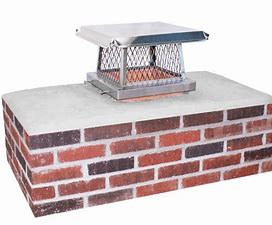
Insurance Claims and Real Estate Estimates
We Work With Insurance Claims
Has your chimney been damaged by a fire, storm, or possibly lightning? We provide thorough documentation on our inspection reports for insurance claims.
Real Estate Estimates Welcome
Buying or selling a home and need a chimney inspection or repair work? We work with many realtors to get the job done quickly and stress free.
Certified Chimney Sweep®
Our sweeps are certified by the Chimney Safety Institute of America. Certification means we have been thoroughly trained, and educated to properly work on any chimney system, and know all the codes and standards.
Flashing
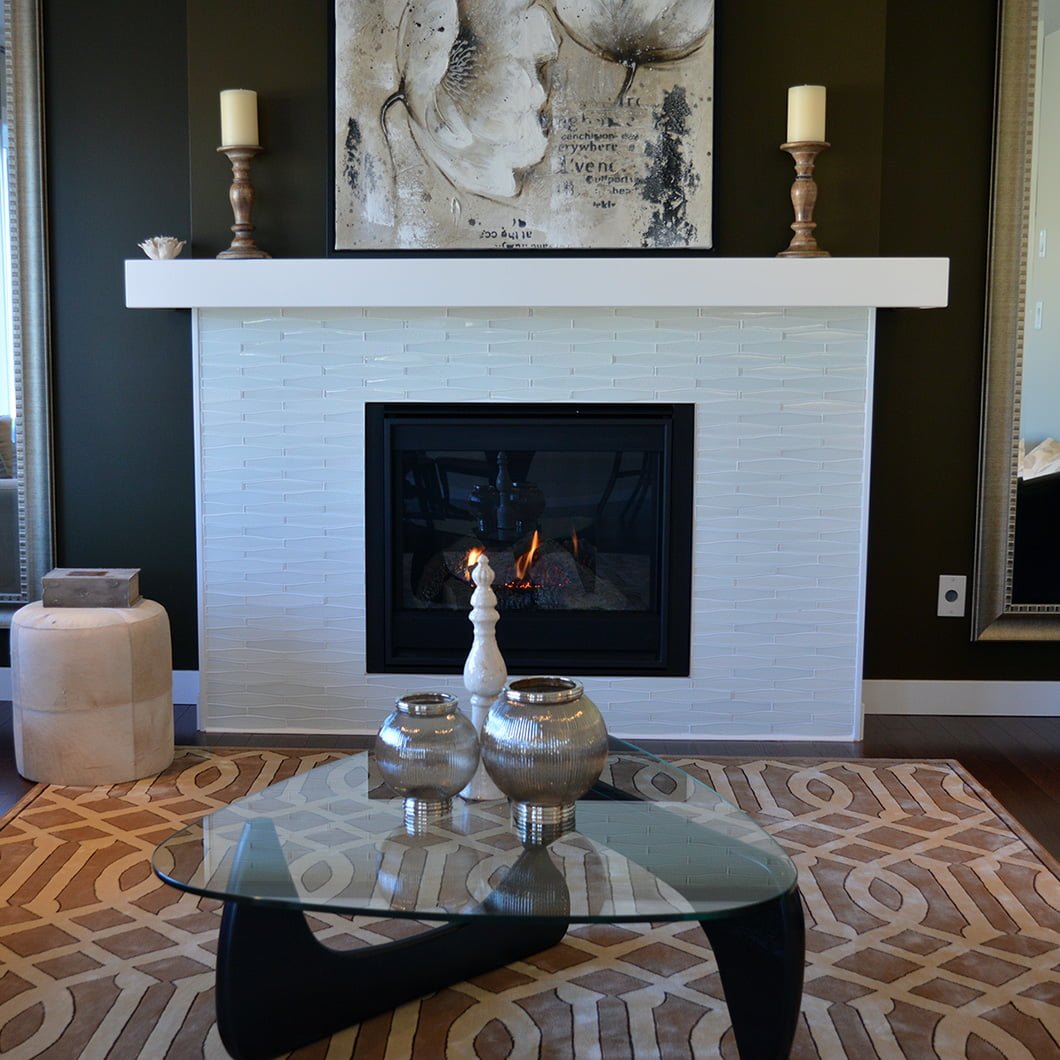
Chimney flashing is very important. Its main purpose and function are to keep water from leaking into the chimney. If it is faulty, leaks will get into your home. If the flashing becomes faulty, most of the time it is because it has pulled away from the chimney, leaving a gap between the chimney and flashing. It is within this gap that water leakage occurs. Another common reason for faulty flashing is when the mortar of the chimney around the flashing becomes deteriorated and falls out from the chimney. This also will leave a gap or hole where the mortar used to be.
When leaking does occur, it is usually the attic/roof area that gets most of the damage. Depending on how long the leaking took place, the roof around the chimney can become very soft. It is at this point, that the roof is now leaking along with the chimney, and creating even more damage. Kind of like a snowball effect. What started out as a simple flashing leak, has now turned into a very major and expensive repair job.
Part of our chimney inspections is to check and make sure the flashing and mortar around the flashing is ok. We understand how important it is to thoroughly check this area.
Our experience has shown us that most of the time, chimney flashing does not need to be replaced. Flashing can be repaired, and at a fraction of the cost of installing new flashing. We use a wonderful product called ‘Flashseal’. It is made specifically for chimney flashing, and once applied, the finished product will seal and bond the flashing with the chimney, providing a watertight seal. We can even color match the chimneys flashing. It even comes with a 7-year warranty.
Waterproofing
Most chimneys are exposed to the elements 24/7. Through the years, masonry chimneys can wear down with the constant barrage of rain, snow, sleet, and sun. This can eventually lead to a leaky chimney, and of course potential water damage to your home.
Waterproofing is a great preventative maintenance option. We feel that a strong barrier of protection can go a long way in keeping water out. Think of waxing your car, and how the water beads of off it after it rains. The same applies when a chimney is waterproofed.
The bricks on a masonry chimney are like sponges. They can actually absorb water. That water can then be transferred to the interior of the chimney, causing leaking issues. Also consider in wintertime that any water absorbed into the brick, or cracks in the masonry can freeze. When water freezes it expands, and that expansion means damage to the masonry and potential major repairs.
A routine maintenance program to waterproof your chimney can go along way in keeping your chimney protected.
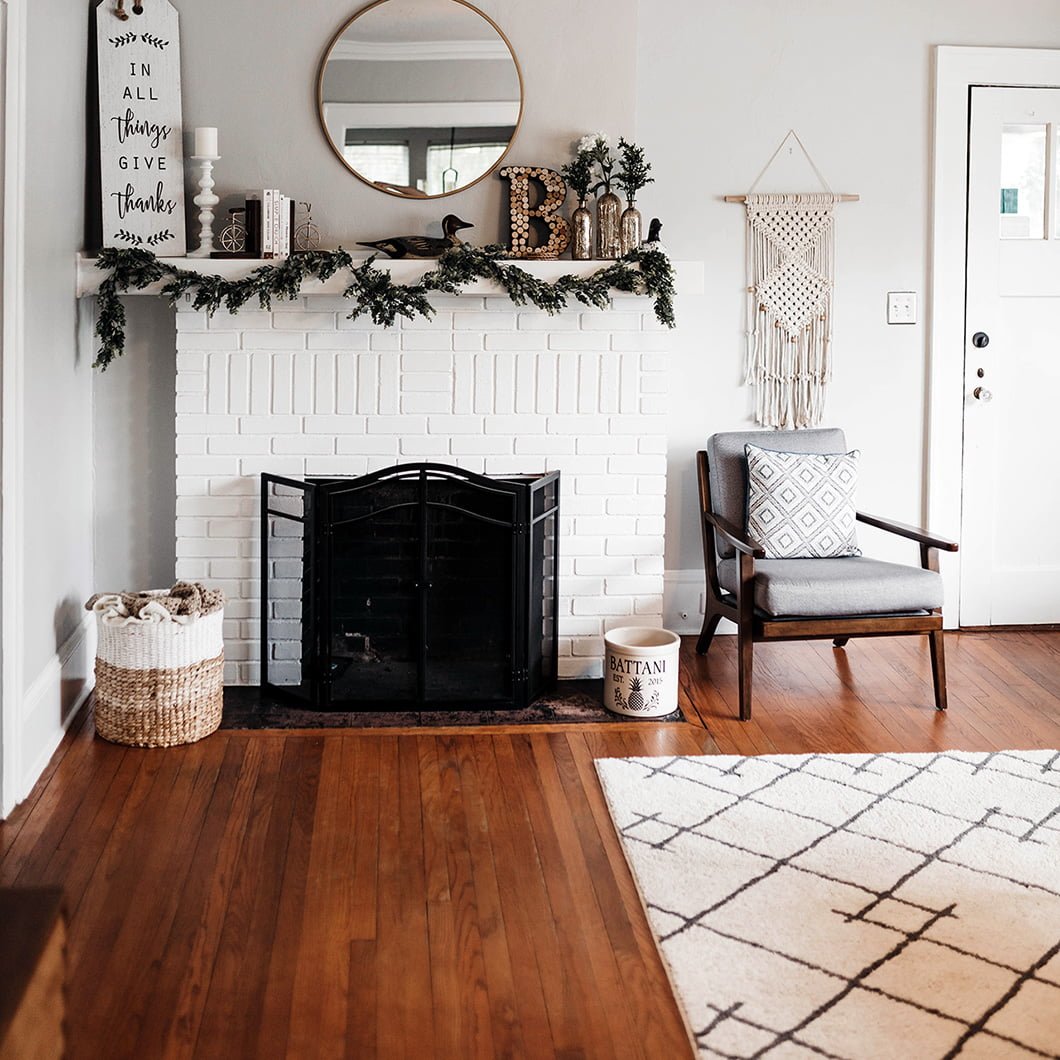
Fireplace Repairs

Most masonry fireplaces share a list of common issues.
– Smoke rolling out the face of the fireplace
– The smoke chamber was built incorrectly
– The damper has become rusted or is broken
– The flue is cracked
– Cracked firebrick in the firebox
*If the fireplace has smoking issues such as smoke rolling out the front and top of the fireplace face, it usually is an indication that the fireplace was built incorrectly. There is a relationship between the fireplace opening and the flue. If the opening is to big for the flue, smoke will roll out the front of your fireplace. Not to worry though, this issue usually can be fixed in about 15 minutes for a very low cost. We can reduce the size of the fireplace
opening to correct this problem.
* Fireplace smoke chambers are a transitional area between the damper and the flue. Think of a masonry shaped funnel. This chamber must be parged smooth with a high-temperature refractory cement. There are many smoke chambers that have not been built this way. They have exposed brick and mortar joints which leave jagged edges. The exposed mortar can eventually deteriorate, leaving gaps and holes in the chamber. These holes can allow sparks, hot embers, and heat transference to escape the chamber, creating a fire hazard.
* Rusty and faulty dampers are a common occurrence in fireplaces. So many homeowners quit using their fireplaces because the dampers have frozen shut. We can fix dampers easily with the installation of a stainless steel top mount damper. These dampers are designed to mount on top of the chimney’s flue. With a small stainless steel cable mounted in the fireplace’s firebox, it can easily be opened and closed from below. A great feature to this style damper is when they are shut, there is a rubber seal which shuts off cold air from coming down the chimney. That amounts to savings.
* The fireplace flue is cracked. See our stainless steel liner service tab for more information.
* Cracked firebrick. The heat from a fireplace can crack the firebrick in the firebox. When a broken firebrick(s) has been discovered it is best to not use the fireplace until any broken or cracked bricks have been replaced. Cracked and broken firebrick pose a fire hazard.
We feel these are the most common issues with fireplaces. It is a wise decision to have any heating system such as a fireplace inspected before use.
Crown Repairs
Chimney crowns are the very top of the chimney and the part of the chimney that is completely exposed. Therefore, cracks and deterioration of the crown are a common issue. Cracks need to be addressed because water will lay in them and in the winter that water will freeze. When water freezes it expands and cracks the crown even more.
Eventually, this scenario will work it’s way down into the chimney and causing even more damage. So with all the damage that can occur, it is a good idea to keep an eye on the integrity of the crown. This can be done by having an annual chimney inspection performed.
If a chimney crown has not deteriorated to the point where a new crown needs to be poured, we can resurface it. Resurfacing consists of applying a wonderful product called ‘Crown Coat’. This product resists future cracking as it can flex. It is so good that it comes with a 15 year warranty.
If the chimney crown is too far gone to resurface it, then a new one will need to be repoured.
